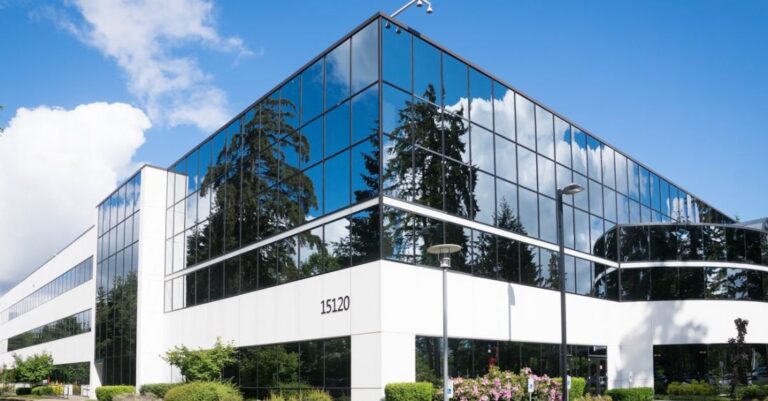
In the rapidly evolving landscape of technology, artificial intelligence (AI) has become increasingly prevalent in the workplace. While AI offers numerous benefits such as increased efficiency and productivity, it also brings along certain risks that organizations need to be aware of. Understanding these risks is crucial in order to effectively mitigate them and ensure a smooth integration of AI technologies into the workplace.
**Potential for Job Displacement**
One of the primary risks associated with AI in the workplace is the potential for job displacement. As AI technologies become more advanced, there is a concern that many routine and repetitive tasks currently performed by humans could be automated, leading to job losses in certain industries. This could particularly impact roles that involve manual labor, data entry, and other repetitive tasks that can be easily automated by AI systems.
**Bias and Discrimination**
Another significant risk of AI in the workplace is the potential for bias and discrimination. AI systems are designed to make decisions based on data and algorithms, but if the data used to train these systems is biased or incomplete, it can lead to discriminatory outcomes. For example, if an AI system is used in the hiring process and is trained on historical data that reflects biases in the hiring decisions of the past, it could perpetuate those biases and lead to discriminatory hiring practices.
**Privacy and Data Security**
The use of AI in the workplace also raises concerns around privacy and data security. AI systems often rely on large amounts of data to make decisions and predictions, which can include sensitive information about employees and customers. If this data is not properly secured or if AI systems are vulnerable to cyberattacks, it can lead to serious privacy breaches and data leaks. Organizations must ensure that robust security measures are in place to protect the data being used by AI systems and to safeguard against potential cyber threats.
**Lack of Transparency and Accountability**
AI systems can be complex and opaque, making it difficult to understand how decisions are being made and who is responsible for those decisions. This lack of transparency and accountability can be problematic, especially in situations where AI systems make critical decisions that impact individuals’ lives, such as in the case of healthcare or criminal justice. Organizations using AI in the workplace must prioritize transparency and accountability to ensure that decisions made by AI systems are fair, ethical, and explainable.
**Skills Gap and Training Needs**
Integrating AI technologies into the workplace also poses challenges related to the skills gap and training needs of employees. As AI systems become more prevalent, employees may need to acquire new skills and knowledge to effectively work alongside these technologies. Organizations must invest in training programs and upskilling initiatives to ensure that their workforce is equipped to leverage the benefits of AI and remain competitive in the evolving job market.
**Maintaining Human-Centricity**
While AI has the potential to revolutionize the way we work, it is essential to maintain a human-centric approach in its implementation. Organizations should prioritize the well-being and job satisfaction of their employees, ensuring that AI technologies are used to augment human capabilities rather than replace them. By fostering a culture that values human creativity, critical thinking, and emotional intelligence, organizations can harness the power of AI while mitigating the risks associated with its adoption.
**In Conclusion**
As AI continues to reshape the workplace, it is essential for organizations to be cognizant of the risks that come with its integration. From potential job displacement to bias and discrimination, privacy concerns, and the need for transparency and accountability, there are various challenges that must be addressed to ensure a responsible and ethical use of AI technologies. By proactively identifying and mitigating these risks, organizations can harness the transformative potential of AI while safeguarding the well-being of their employees and maintaining a human-centric approach to innovation.





